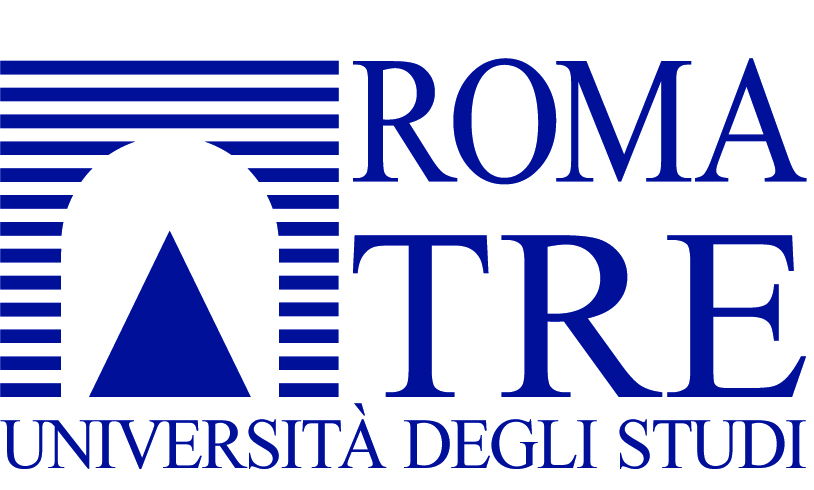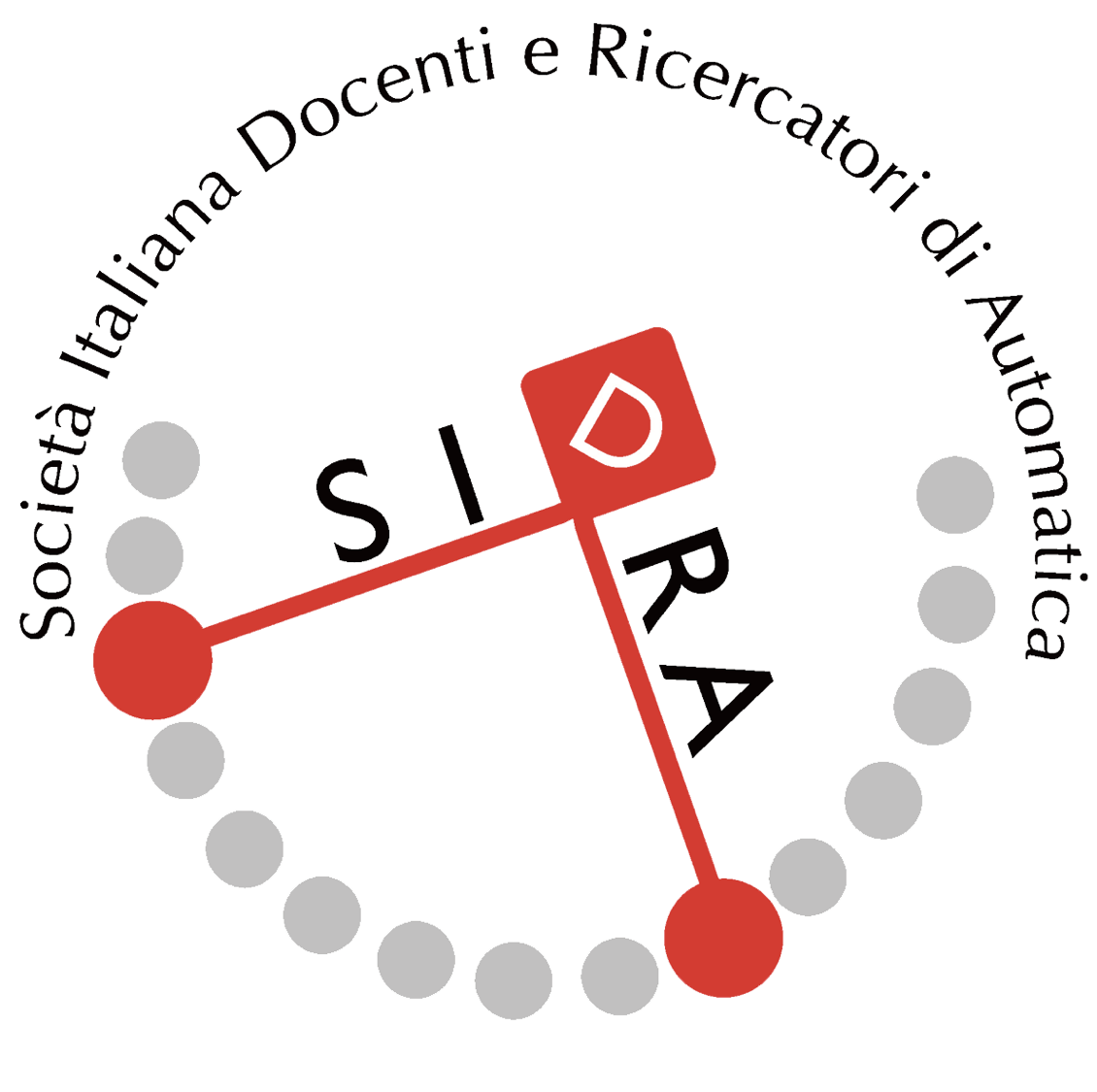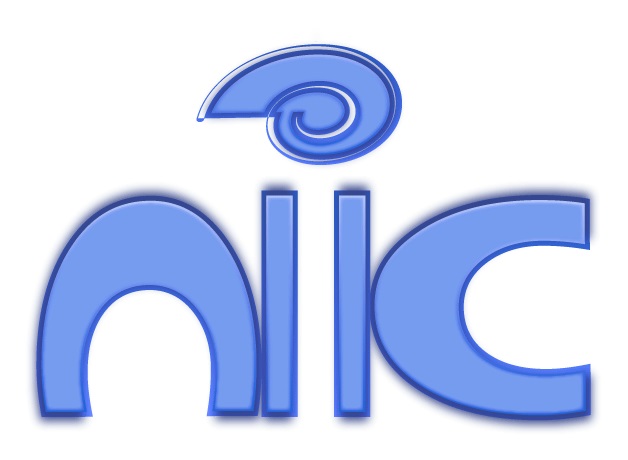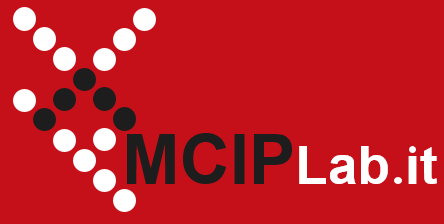Autori
Fanny Ficuciello
Abstract
The use of anthropomorphic hands has become a key breakthrough in advanced robotics involving both humanoid robots and prosthetic applications. An efficient and forefront design of advanced robotic hands requires solving a compromise among size and weight, functional dexterity and control complexity. Advanced mechatronic structure and high number of degrees of freedoms (DoF) are essential to change different configurations and adapt to the environment. On the other hand, design and control complication due to high DoF can be somewhat offset by means of coordinated motion that help to simplify robot hardware and software. To overcome these problems, synergies concept is used to develop control and learning algorithms. The synergy concept is useful for innovative underactuated design of anthropomorphic hands and is a powerful tool to plan grasps and control artificial hands both fully actuated and underactuated. The developed synergy-based control and learning algorithms have been experimentaly tested on the underactuted SCHUNK five-finger hand.








